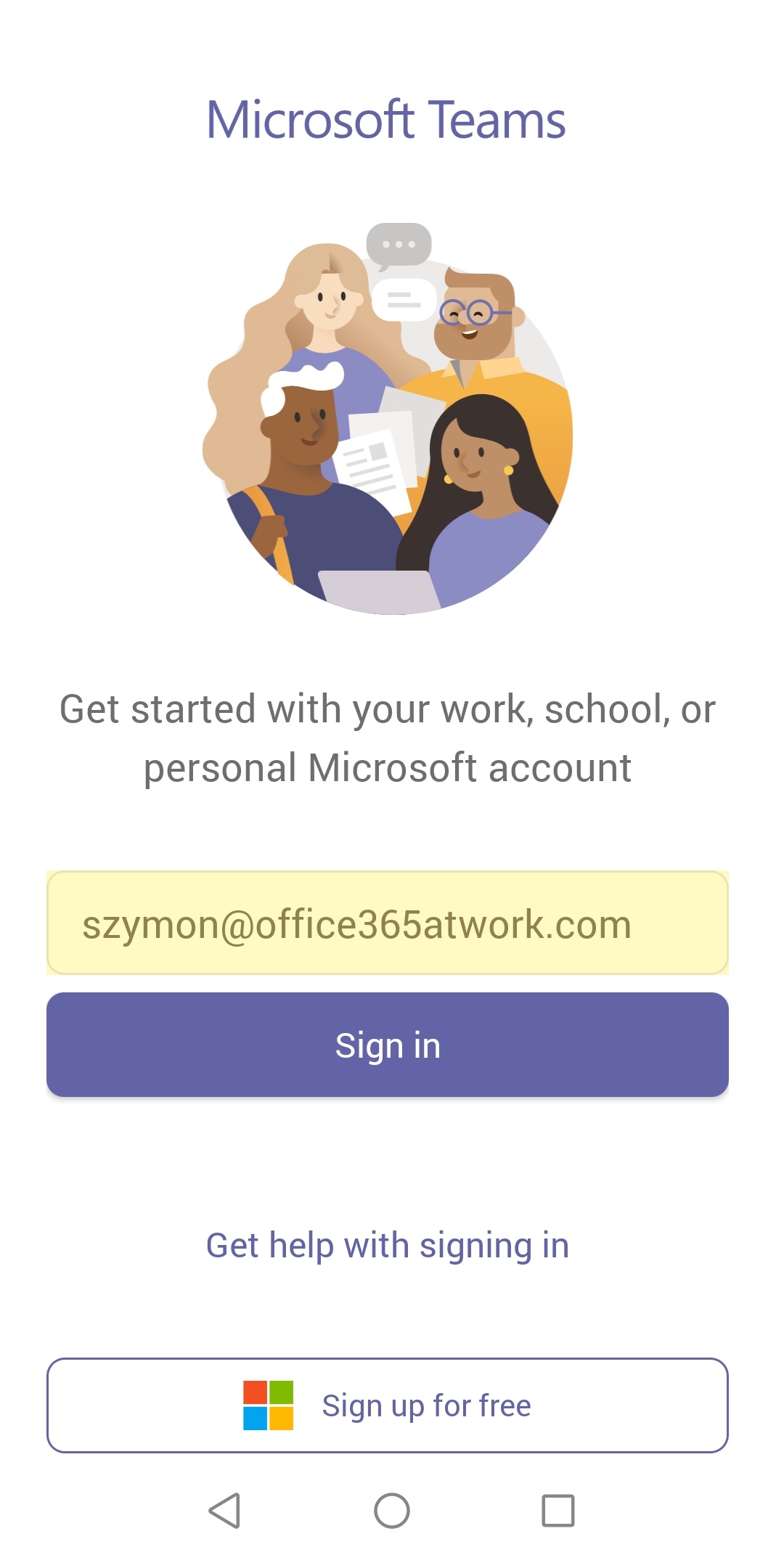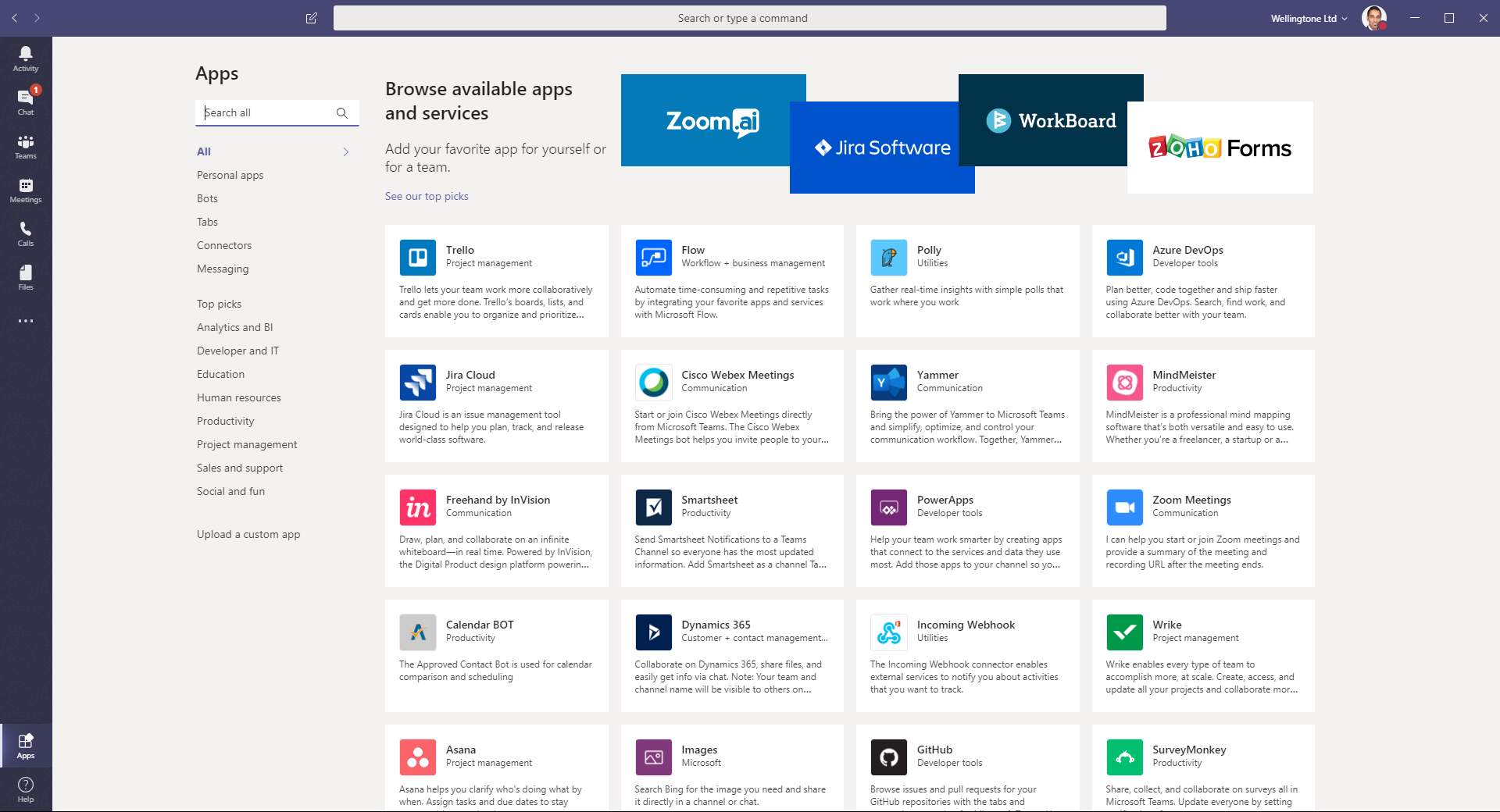

- #Microsoft teams web app install
- #Microsoft teams web app windows 7
- #Microsoft teams web app download
If you are unable to install Desktop App, you can use web version of Teams.
#Microsoft teams web app download
Inside the Teams web app, click on the Download desktop app icon located in the left bottom corner of the browser's window. Save then launch or open the installer file. If this icon is not visible, click on Explore all your apps.ģ. Click on Teams icon on the main page to launch a web version of the app. Under Desktop Apps, click on the button that correspond with your computer platform to initiate download of the installer file. There are two different methods that you can use to download and install MS Teams desktop app. NET framework 4.5 or later the Teams installer will offer to install it for you if you don't have it.
#Microsoft teams web app windows 7
The Microsoft Teams desktop app is available for both Windows 7 and 10 and macOS 10.10 or later. There are three versions of Microsoft Teams app:

On all other devices, it needs to be installed manually unless you plan on using the web version of Teams (i.e. Still, if you use the app to collaborate a lot and want access to all its features, the desktop version is the way to go.Microsoft Teams app gets installed automatically on all University-owned ("corporate") devices that are managed by Intune. Microsoft has done a great job of porting its video conferencing tool to web browsers - and is working to address some of the missing functionality when compared to the desktop version. Overall, there’s not a massive amount of difference between the Microsoft Teams desktop app and the web client. For example, having a large number of browser tabs open while accessing the Teams web client may result in a less than optimal call, while using outdated hardware may affect performance regardless of which version of the app you are using. Of course, the actual performance that a Teams user receives depends on lots of factors aside from whether they are using the web or desktop applications. However, the desktop version can leverage the power of the user’s device hardware, rather than relying on the browser alone, so it would make sense if the performance was at least slightly better. Anecdotally, users have indicated that the desktop app does deliver better performance, but there is little in the way of concrete evidence to back that up. The performance of the web and desktop versions is not easy to compare. For hopping on a quick call, the web version might be easier than loading up the app. Ultimately, the version that’s best for you might depend on what you are using Teams for at any given time. However, if you frequently use the platform for its extensive collaboration features, you may find that that web version is lacking somewhat. If you only really use Teams to take part in video calls, then the web client should be sufficient. No matter what device you are using, it will probably have access to a web browser, which means you can take part in your Teams calls without having to download the app again. Perhaps the only real advantage of using the web version of Teams instead of the desktop app is its accessibility. Other well-known browsers like Safari and Firefox have a lot of functionality missing. Although the only feature not included in Google Chrome compared with Edge is the ability to park and retrieve calls. Unsurprisingly, Microsoft Edge delivers the best user experience for anyone using the web version. Although Teams works with most modern web browsers, users may find slightly better functionality with some over others.


 0 kommentar(er)
0 kommentar(er)
